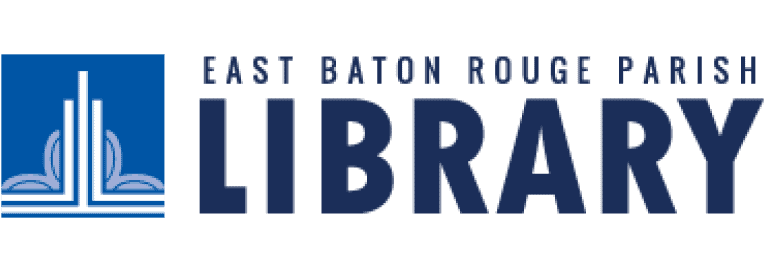
With all of the complex work you’ve put in to succeed at your job search, it would be a shame for you to mess up your chances due to something as simple as clothing. But a lot of job seekers do just that; one of the main reasons employers cite for not hiring someone is that the candidate was inappropriately dressed for the interview.
Here are some tips to help you dress for success.
General Guidelines
You should dress pretty formally and conservatively: nothing casual, gaudy, or provocative. The advice of some experts is to dress as you would for a funeral or a meeting with the president. Note that the level of formality required may change depending on the kind of job you’re applying for. For example, an office executive would wear a three-piece suit and dress shoes, but a construction worker might wear a polo shirt with khakis and work boots.
Don’ts
Visible tattoos and/or piercings. Cover them up or take them out. Earrings are acceptable, but if you have multiple piercings in your ears, less is definitely more.
Flashy or clunky jewelry. Be very minimalistic with accessories. This is especially true for men, who should wear only a watch.
Hats, sunglasses, or hoodies. The employer wants to see your face.
Lots of colorful makeup. This is not a nightclub. A little makeup can make you look vibrant and energetic, but too much will make you look unprofessional.
Clothing that doesn’t fit well. Your outfit should skim your body — neither hugging it too tight nor too saggy.
Clothing that is dirty, wrinkled, or torn. You want to look like you care about getting the details right.
Clothing which is too revealing. Short skirts and plunging necklines are inappropriate for the job interview.
Jeans, t-shirts, sweatpants, pajamas, gym clothes, sneakers, flip-flops, etc. Comfortable clothing which you would wear to lounge around the house has no business in a professional setting.
Elaborate and distracting hairstyles, bedhead, or hair in your face. Ideally, you want your hair to be pulled back from your face, and you want it to look groomed and manageable.
Scraggly facial hair. If you have a beard or mustache, keep it trimmed and groomed.
Long and/or colorful nails. Keep it conservative – you don’t want your electric blue nail polish to distract the interviewer. Long fingernails are frowned upon if you’re interviewing for a job where you’ll need to use your hands — such as preparing food, shelving merchandise, using a computer, etc.
Perfume, cologne, or aftershave. Some people are allergic to fragrances, and you don’t want to set off the interviewer’s allergies.
Body odor or bad breath. Just . . . eww.
Do’s
Be clean, neat, and well-groomed. Shower, wash your hair, and brush your teeth. Wear deodorant (but avoid strongly scented ones). Comb your hair, style it simply, and keep it out of your face. Clean and file your fingernails. Gentlemen, groom your facial hair. Ladies, wear a bit of makeup in neutral colors.
Prepare your outfit carefully. Try on your outfit several days before the interview. Make sure it fits you well. If necessary, have the outfit altered or mended. Clean and iron your outfit the day before the interview.
Choose appropriate shoes and clean them. Dress shoes are always a good choice, but work boots are also acceptable for positions which involve manual labor (construction, warehousing, etc.). We recommend closed-toed shoes — not sandals — with little or no heel. Flip-flops, sneakers, clunky combat boots, and giant platform heels are strictly forbidden.
Dress conservatively. Stick to mostly dark or neutral clothing, with perhaps a small splash of color. Make sure your accessories, hair, makeup, nails, etc., are not gaudy or flashy. Wear nothing revealing or provocative. Cover tattoos and remove piercings other than earrings.
Dress formally, allowing variations depending on the position. A three-piece suit is always an excellent choice — and is indeed the only choice for someone applying for an upper-level executive position. However, for positions which are slightly less advanced, there are several other good options. A man applying to be the head bank teller might wear a dress shirt and slacks without a jacket or tie. A woman applying to be an office manager might wear a blouse and skirt with or without a jacket. For some entry-level positions, and for some blue-collar positions, even less formality may be acceptable. A teenager applying for her first job at a grocery store might wear a polo shirt and khakis, as might a machine operator applying at an industrial plant. If you’re not sure what to wear, try to err on the side of being more formal than is necessary.
Additional Reading
- How to Dress Professionally: 31 Style Tips (wikihow.com)
- How to Dress Professional: What It Is and Why It’s Important – Glassdoor Career Guides
- Guide To Business Attire (With Examples) | Indeed.com
Written by Lynnette Lee.
Note: This article was originally posted in April 2017, and has been re-posted with updates to reach a new audience.

Leave a Reply
You must be logged in to post a comment.